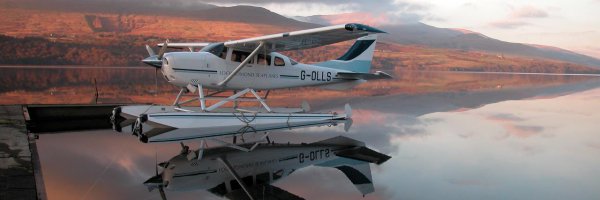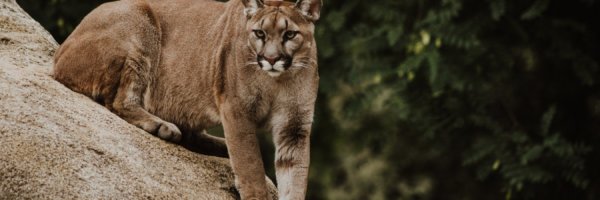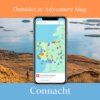Not just a walk amongst giants but a giant amongst walks, Outsider’s Declan Cunningham fills us in on his trek of Nepal’s Annapurna Circuit with his wife Carl.
Some places just have to be visited. They can not be understood simply by reading about them or watching a film. You need to go there to fully experience them. It’s like someone trying to describe what it’s like to see earth from the surface of the moon. We’ve all seen the Apollo 8 pictures but unless you stick your own stiff flag in the Sea of Tranquility and stare across space to that blue and white globe, you really have no idea what it’s like. Lunar trekking is not possible for me right now as I don’t have the right shoes but Nepal is a much more sensible option that is equally out of this world.
6 of the Best Mountain Walks in Ireland
Home to the greatest range on earth, Nepal is a trekking Mecca and packs considerable clout in terms of attracting would-be wanderers. It boasts over half of the world’s 14 8,000m peaks (including Everest), the fabled snow leopard, the legendary yeti, the world’s deepest gorge and highest pass, as well as being the birthplace of countless tales of adventure and exploration. Not bad for a country hardly double the size of Ireland!
We’d decided to visit the Annapurna region. The long-distance Annapurna Circuit around the Annapurna Himal is rated as one of the world’s best walks. From start to finish it’s about 190km and takes two to three weeks to complete depending on how nice you’re being to yourself.
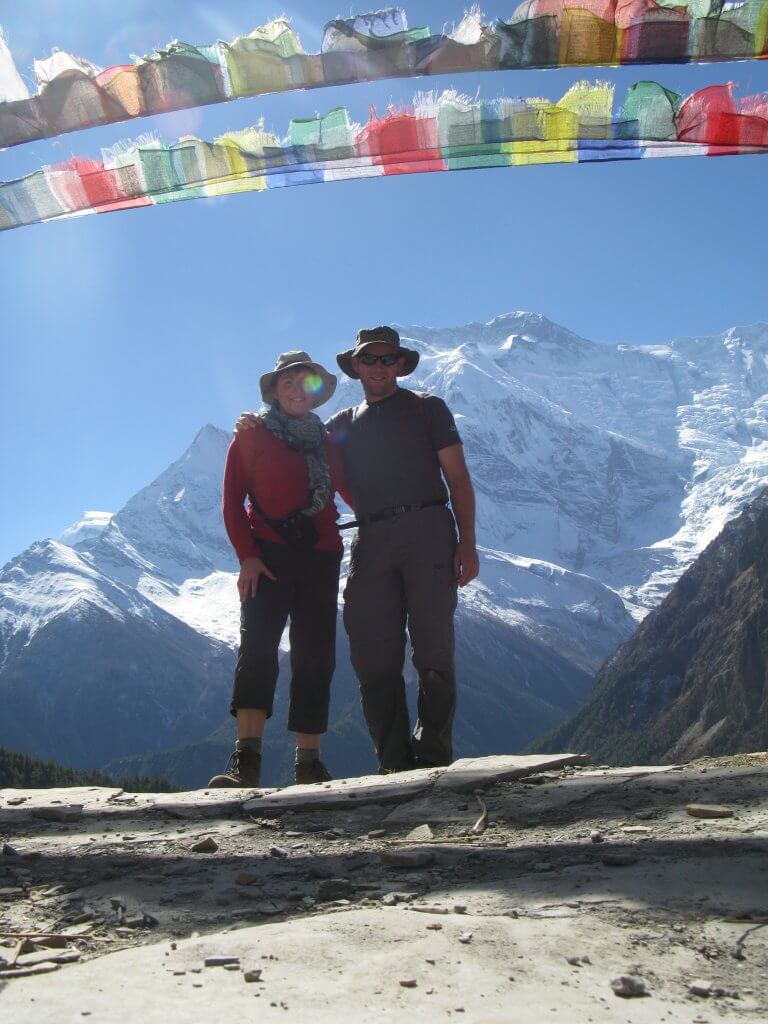
The six-hour bus drive from Kathmandu to the trail head at Besi Sahar was an adventure in itself. The bus was very definitely full. There were about four people on the roof, one or two in every seat, God knows how many down the aisle on a school bench, eight or 10 in the door way and three more hanging out of it! What we couldn’t understand was why the driver kept pulling over to collect more people. As the main form of transport in Nepal, at least one bus trip is a must if only as a right of passage.
There are several ways of trekking in Nepal, from doing it independently to being part of a guided group. We decided to keep things simple and arranged a porter with Dana from Wilderplaces Nepal. It was great having Nava Raj to keep our daypack size reasonable but also to arrange our lodges along the way. And there was the added bonus of adding a little bit more to the local economy.
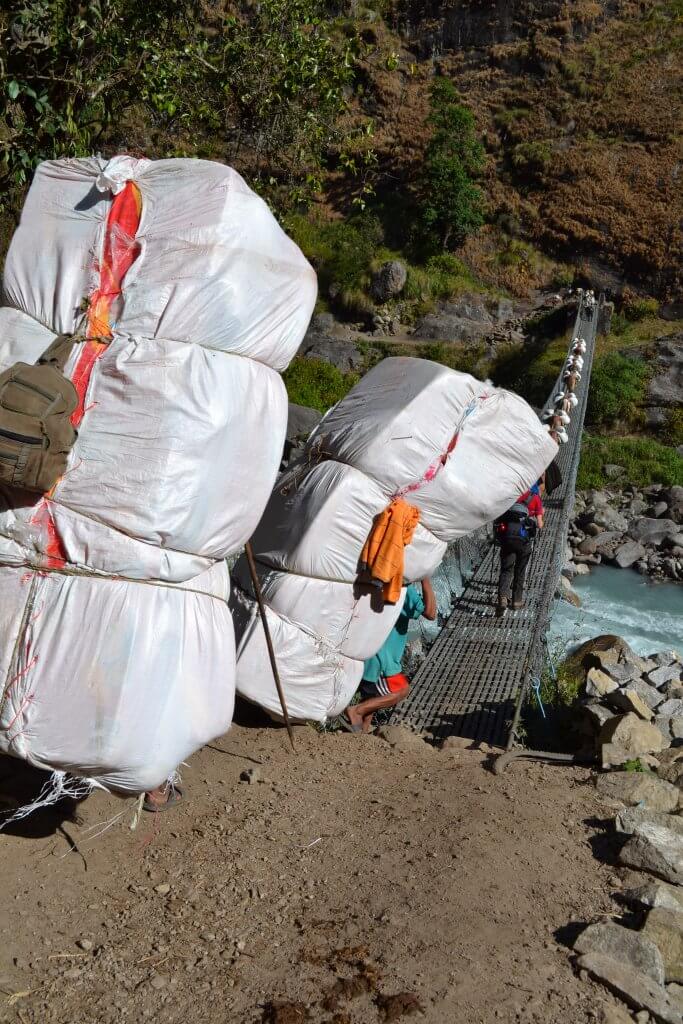
Tea-house trek
There is a special kind of freedom to this kind of travel. Simply shoulder your pack, walk out the door and see where the trail takes you each day. The Annapurna Circuit is the classic ‘tea-house’ trek with villages every few hours so you don’t have to plan too far ahead if you don’t want to. Just stop when you’re hungry or tired and some enterprising local with a lodge or a tea-house will be only too happy to feed you and give you a bed for the night.
Later, the heat became so oppressive that the sun we had willed over the horizon hunted us into the shade.
People live along the entire route so you get the chance to really appreciate Nepal’s culture and lifestyle as well as interacting with locals. The Annapurna Conservation Area Project (ACAP) has encouraged standardisation of pricing for food and lodges so everyone gets a fair deal. ACAP has also set up safe water drinking stations along the route to help reduce litter from trekkers’ plastic bottles.
Generally speaking the mornings were chilly as the sun took a while to creep over the high sides of the Marsyangdi Valley. Later, the heat became so oppressive that the sun we had willed over the horizon hunted us into the shade.
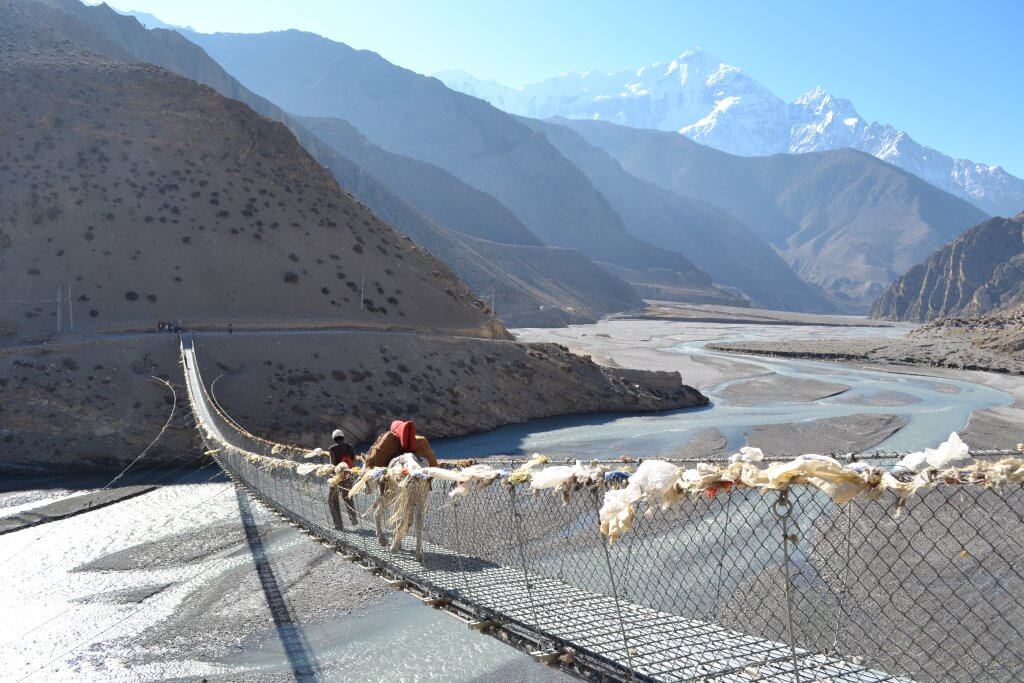
The first few days or so, the trail runs through the lowlands which are dominated by the eye-catching order of busy terraced fields. The snow-capped peaks that drew us here weren’t visible at this point but it was almost like they were waiting for the right moment to show themselves.
The sound of insects was constant. Their incessant call created an incredible noise from a virtually invisible presence that only disappears when the trail gets close to the river. The mighty roar of the Marsyangdi rose from the gorge like the sound of an endlessly breaking wave. Its sound was our constant companion as we gained height.
Mule jams
The trail is shared with an endless stream of bell-ringing and heavily laden mule trains. The handlers use carefully aimed stones to get their charges to go where they want but mule jams are still a common if not comic occurrence.
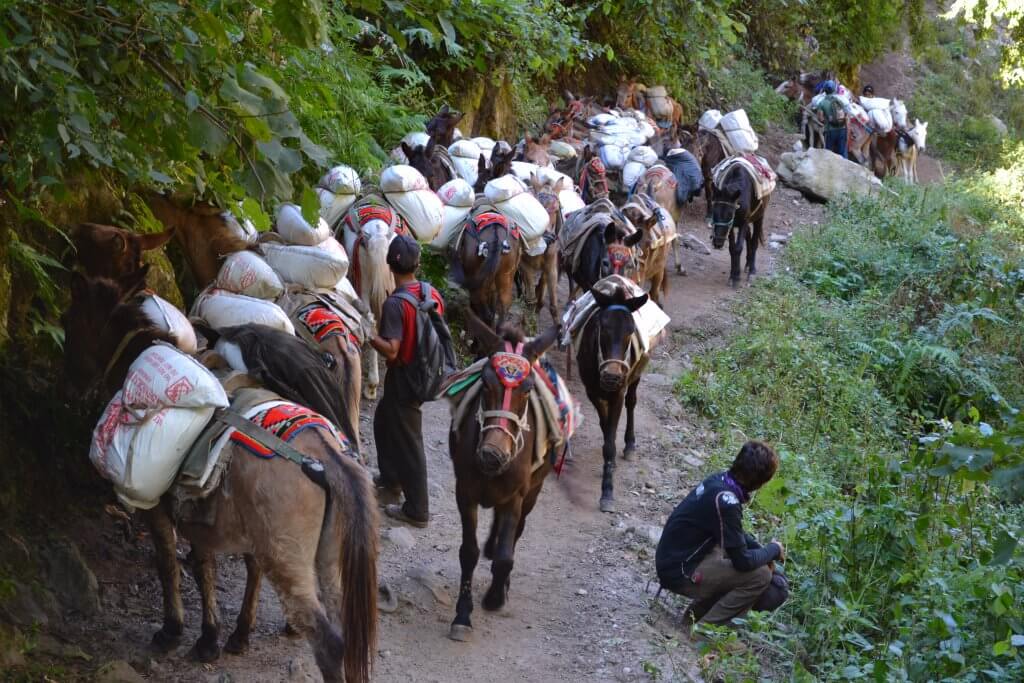
Sometimes I felt a bit like an impostor as I strolled through the psychedelic villages with their pink, blue and green painted houses and the perpetually industrious locals. Seeing people thrashing crops by hand, drawing water, washing both themselves and clothes on the side of the trail made it blatantly clear that Nepal is a very poor country with generations of catching up to do in the technological sense.
Many of the villages along the route came into existence or thrived because of the trekking industry which isn’t surprising with over 50,000 trekkers visiting the region each year. Now, road building threatens the appeal of this great walk. Already some towns have been abandoned as time-poor trekkers speed up the adventure by using jeeps on the early sections.
It’s easy to see the appeal of the road to the locals but they may not fully appreciate just how big a change it’s likely to bring. Its inevitable creep up the valley is as unstoppable now as the flow of the river as each one rushes to the source of the other.
The march of progress
In the evenings, single-roomed houses with windows and doors open to the street are now bathed in the silver flicker of Bollywood soaps.
Other influences are also creeping in. Most places along the route have electricity at least part of the day. Showers and internet access are big selling points for weary dirty travellers but solar power can’t always be relied on and power cuts are common. It’s curious to see the clash of two cultures in this way. In the evenings, single-roomed houses with windows and doors open to the street are now bathed in the silver flicker of Bollywood soaps.
The trail proper starts in the Lamjung region and here we got our first glimpses of the mighty Himalayas with the 8,000m Manaslu to the east and Annapurna II to the west. Another high can also be seen from the trail as marijuana plants grow wild in the area.
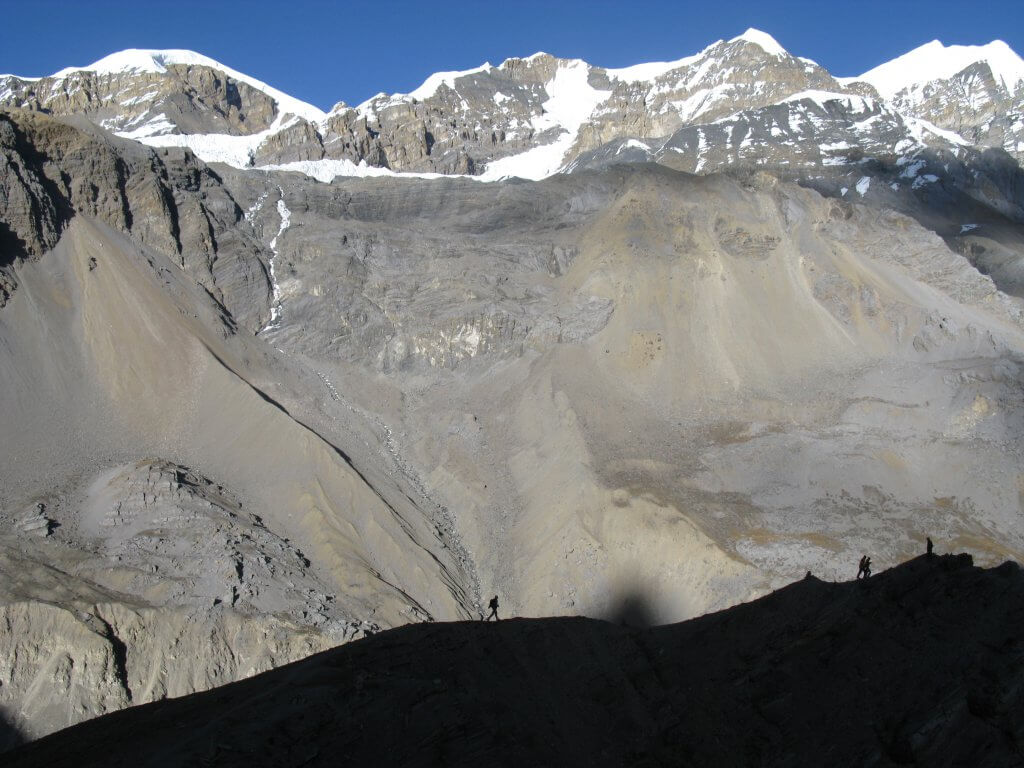
After Lamjung we entered the predominantly Buddhist Manang region with its colourful prayer flags, walls of mani stones and endless sets of prayer wheels inscribed with the mantra – Om mani padme hum. Each turn of a wheel or flick of a flag sends a prayer skyward without any need for mass congregation or double parking!
The route boasts countless highlights and it would be impossible to relate them all. One town worth particular mention, however, is Upper Pisang. The twist and turn of its narrow streets and the impeccably restored Gompa (monastery) are worthy of a detour, not just to witness the monks elaborate rituals but to feast your eyes on the snow-capped Annapurnas as they lose their daytime glare and take on the beautiful alpine glows of sunset.
One of the most memorable days walking was the high road from Upper Pisang to Manang. The main trail stays low but this detour is not to be missed. It starts with a tough climb of switchbacks but even in the heat the gradient was such that the ever-improving views of Annapurna II, III, IV and Gangapurna were more than enough to distract us from the effort. Those shining peaks seemed like impossible destinations and it was hard to believe anyone had set foot there. In places like that, it’s hard not to feel insignificant and small but we were happy to appreciate their grandeur from below.
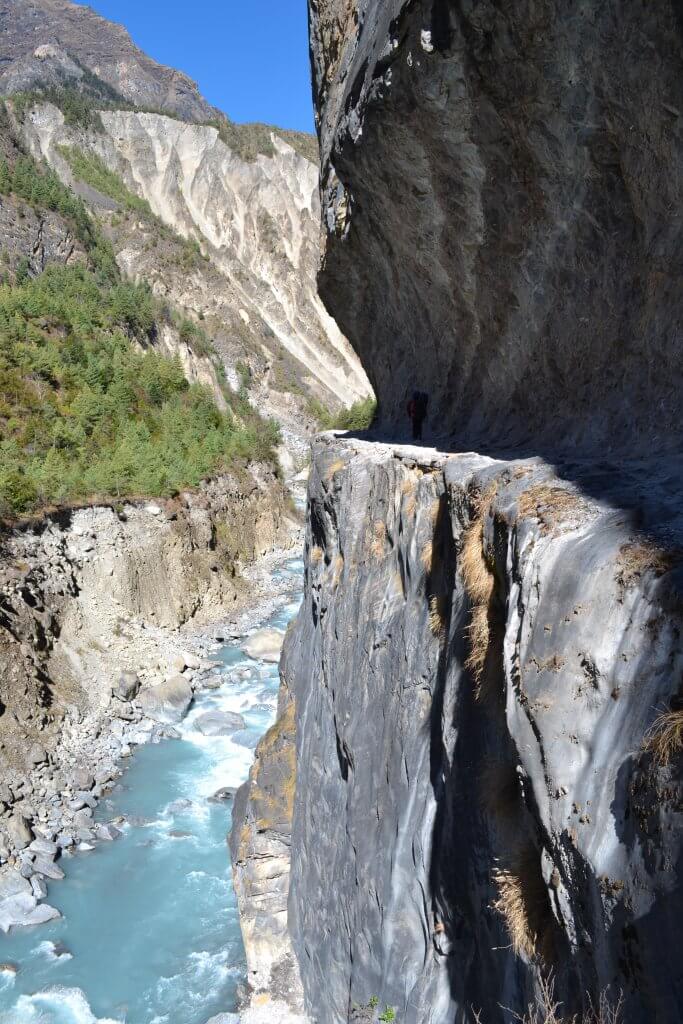
There are side trips and points of interest all along the trail but one spot with several to choose from is Manang. It’s a popular spot for a rest day as it’s a sizeable town with loads of options for acclimatising depending on how you’re feeling. There are even a couple of thrifty locals with cinemas showing a predictable selection of climbing and adventure movies. Don’t buy your popcorn till you’re sure the electricity is going to be on as it’s a pain watching TV by candlelight!
The circuit can be done in either direction but you’d be advised to go anti-clockwise as the crux of the walk, the 5,400m Thorung La Pass, is easier to tackle from the east. We chose to stay at Thorung Phedi before the climb but there is also a high camp another 400m up the hill which I’d recommend for the spectacular views and equally fab hot chocolate. There is a small viewing peak here that’s perfect for an acclimatisation hike and at 4,860m is higher than Mt Blanc. But you’d never know it when you look around you. Such views really can’t be described they must be felt.
The planet’s highest pass
The Thorung La is the world’s highest pass at 5,416m so needless to say it’s a bit of a struggle to get there. It is the lynchpin of the circuit and a potential turn-back point if the weather or altitude don’t agree with you. Thankfully the weather was clear for our climb and the cold was the only issue. There is literally a wall of prayer flags at the col which gives this barren but beautiful place a colourful festive feel.
From here we needed to descend over a vertical mile to the next town through terrain that has a distinctly Tibetan feel. It is a dusty relentless trail that would be a far greater challenge to ascend – hence the anti-clockwise recommendation. We were tired, hungry, thirsty and dirty.
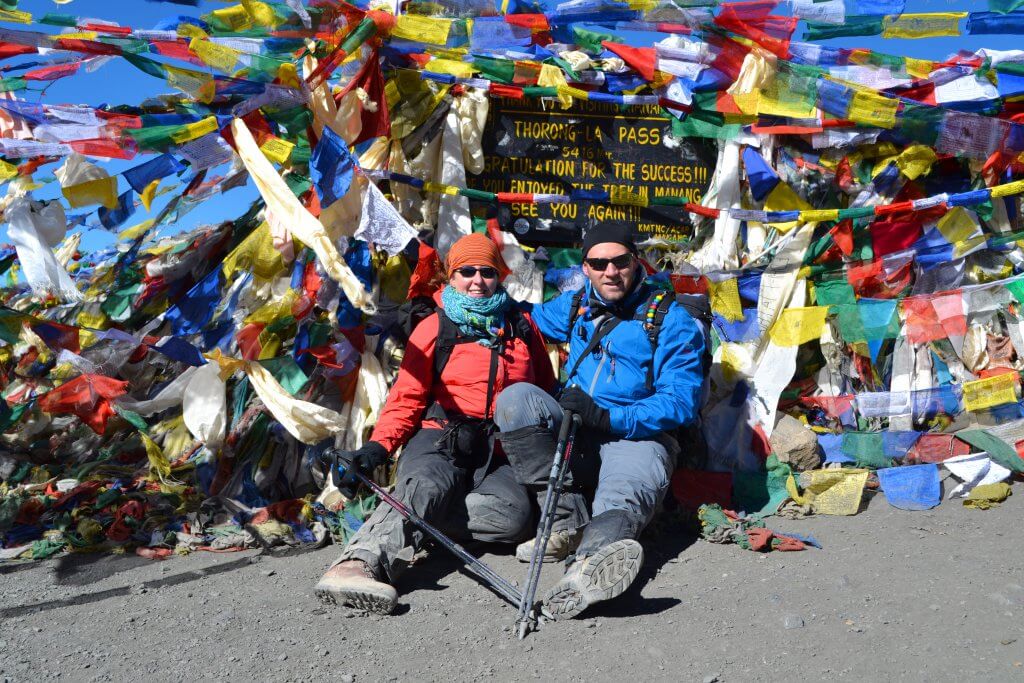
To celebrate our success in Muktinath (a sacred pilgrimage site for Hindus and Buddhists alike) I broke my forced vegetarianism and tried a Yak steak. More like mis-steak as much like prunes or trekkers in Nepal – it was just passing through!
I didn’t feel like doing too much walking the next day so we decided to heed the advice of a friend, detour from the main track, and stop in the unlikely highlight of the circuit that is Kagbeni.
Nietzsche’s abyss may just have stared back at him but Mustang calls to you in a barely ignorable way I find hard to explain but privileged to have felt.
Its position alone is fantastic, perched on the moraine above the now quietly meandering Kali Ghandaki that flows down from Upper Mustang. There is a border post here to ensure no one enters this forbidden region. Where the trail ends you can gaze endlessly into the incredible wilderness and there is magic in that view that is unrivalled. Nietzsche’s abyss may just have stared back at him but Mustang calls to you in a barely ignorable way I find hard to explain but privileged to have felt.
Homeward bound
A parting gift of silk scarves is our last fond memory of leaving Kagbeni. There was a sense of being homeward bound even at this early stage as we turned south and followed the mighty river bed towards Jomsom and onto the apple capital of Nepal that is Marpha where we planned to stay the night. In the morning the walking was pleasant in the Kali Kandaki valley but later when the Tibetan plain far to the north heats the air above it, cool winds rush up the valley from the south to fill the gap. It makes for dusty teeth-grating walking so get going early to avoid this.
The views were imprinted on our minds forever. This must be where the phrase ‘awe-inspiring’ was first coined.
Here we entered the deepest gorge in the world with the 8,167m Dhaulgiri towering above us on one side and the 8,091m Annapurna and the Nilgiri peaks on the other. The views were imprinted on our minds forever. This must be where the phrase ‘awe-inspiring’ was first coined.
If the circuit is the only trek you’re doing, my best advice would be to spend as much time doing it as you can. We, on the other hand, had a few other minor treks in mind as well like the Annapurna Sanctuary Trek and in an effort to ensure we had enough time we opted for a bus journey to save one long day or two easy days of walking along what would be the dustiest part of the trail and potentially the busiest traffic wise.
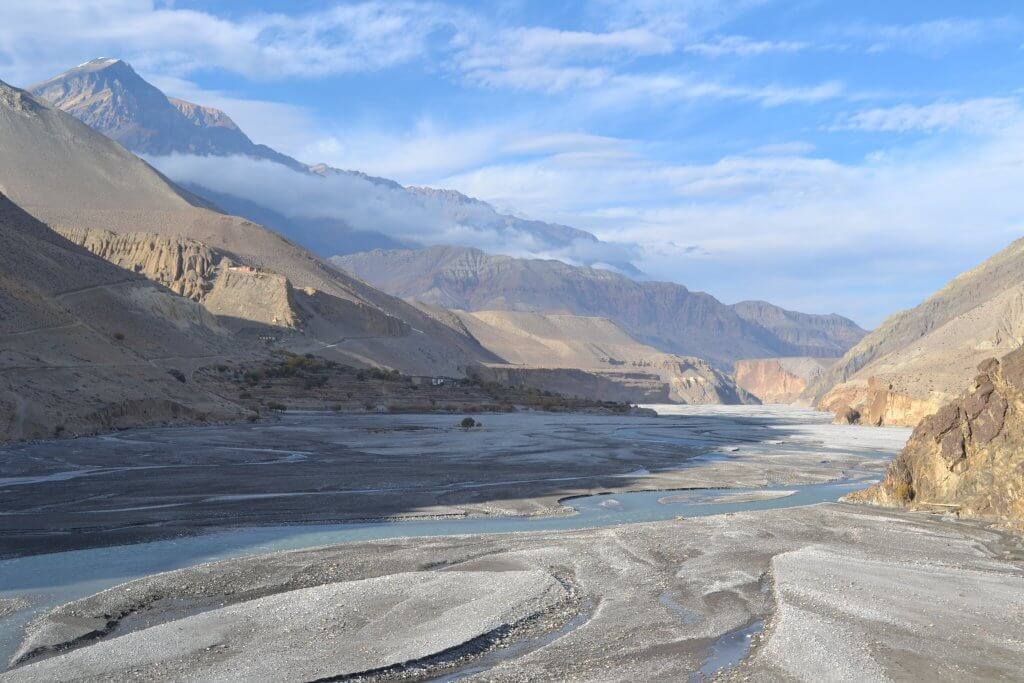
There was a sort of manic community with our fellow travellers on that bus trip as all our lives were totally in the hands of the driver as the bus navigated its way around the endlessly bending road with mind-numbing drops eating at the verge…and our sanity.
There was a vaguely triumphant and hugely relieved disembarkation on arrival at Tatopani. The town’s name translates as ‘hot water’ but we all felt like we’d just escaped exactly that! The hot springs weren’t as much of a draw for us as the beer garden. Nothing like an ice cold one to quench our thirst and calm our nerves!
At this stage, everyone was acutely aware that the main road was just a day or two away. The sense of wilderness diminished for people intending to finish the circuit at Beni or Naya Pul and thoughts inevitably turned to proper showers, clean clothes and eating anything besides porridge, vegetable noodles and mixed pizza.
The Annapurna Circuit is a fabulous journey into one of the most beautiful places on earth and has truly earned its place among the world’s greatest treks. It is not just a walk amongst giants but a giant amongst walks. The memories will stay with you long after the last of the dust has fallen from your shoes.
The low-down on the Annapurna Circuit
High points: The Thorung La Pass is the geographic highpoint at 5,416m but the route has so much more to offer from the people to outstanding views that it truly has to be experienced.
Time taken: The Annapurna Circuit is a fantastic undertaking that should be prolonged if possible. Rushing around in a little over a week is possible but totally un-enjoyable and potentially dangerous. Plan on at least 15 days and preferably 20 to allow time for the many worthwhile day-trip detours or even one of the extensions such as Poon Hill or the Annapurna Sanctuary.
Maps and guidebooks: We used the Annapurna Trekking Map as well as the invaluable ‘Round Annapurna Trekking Profile’. It is possible to complete the route without a map but it gives an extra dimension to the experience. It’s also enormously satisfying to run your finger over the 190km route when you’ve finished. In addition to this, we used Cicerone’s ‘Annapurna – A Trekker’s Guide’ which was great for information but not so hot at times.
Difficulty rating: For the most part this is trekking at its most enjoyable with few dangers or difficulties. The weather has the potential to delay you more than anything. And the single biggest obstacle on the route is altitude. Don’t rush the crossing of the Thorung La as many people fall foul of mountain sickness trying to do exactly that. Have contingency days in your schedule to ensure you get to enjoy this excellent crossing.
Porters and guides: We used Wilderplaces Nepal for arranging transport and for our excellent porter. Check out Wintreks and get in touch with Dhana Khaling Rai. He can organise an English-speaking porter or guide.
ACAP: The Annapurna Conservation Area Project is a non-profit organisation that promotes many projects such as safe drinking water stations, sanitation improvements, adult education, sustainable forestry and community development. Find out more about the Annapurna Conservation Area Project and the important role they play.
Words: Declan Cunningham
Photos: Declan Cunningham and Carl Raftery
Check out our Hard as Nails podcast:
Why not also take a look at:
- Moroccan Magic: Adventure Holiday in Morocco
- Hiking: 7 Fabulous Hikes on Dublin’s Doorstep
- The Best and Worst Foods for Fuel



